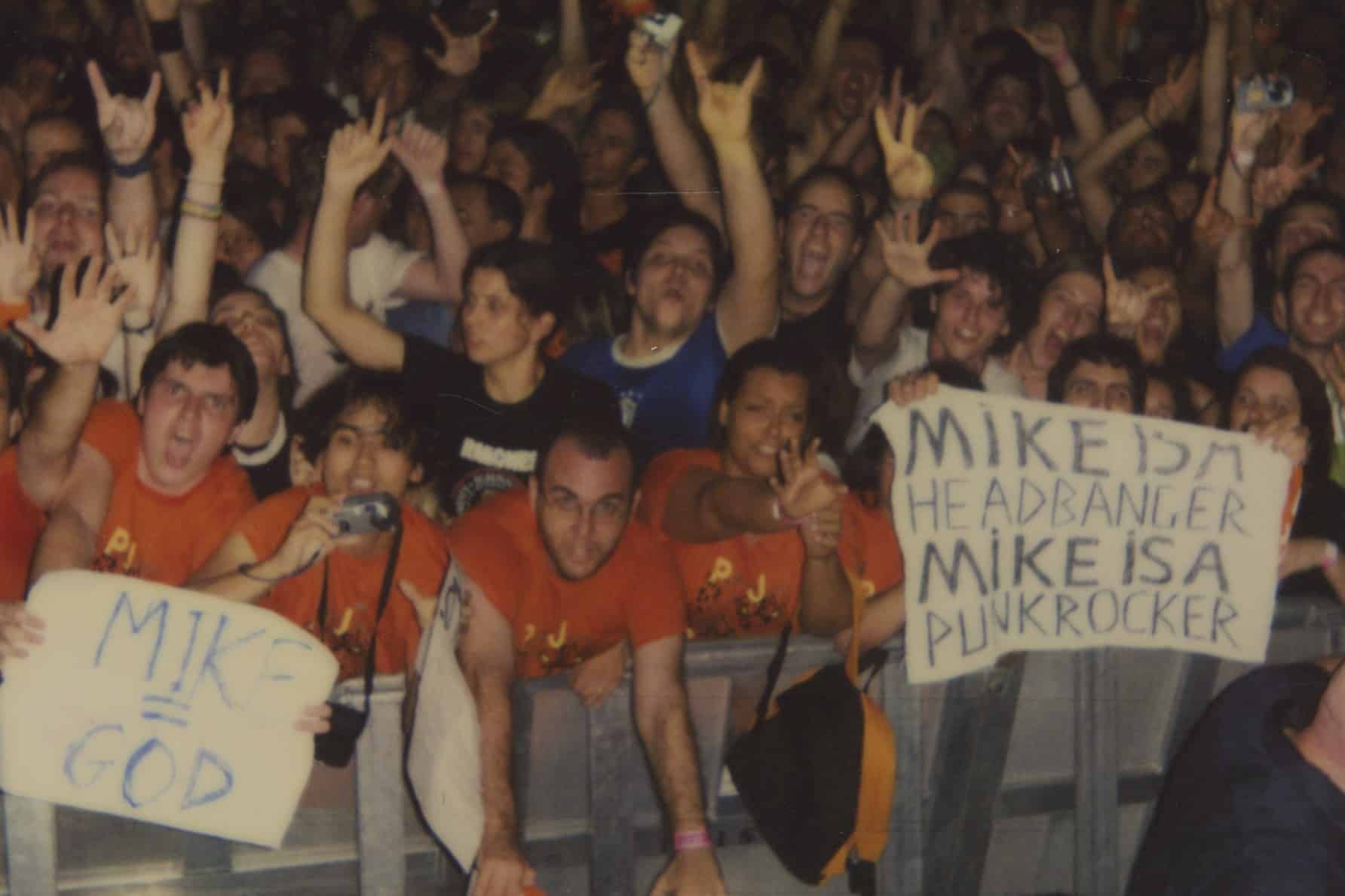Pearl Jam’s lead guitarist Mike McCready helped drive the blistering sound of one of modern rock’s most enduring bands. He was there for Seattle’s grunge explosion in the 90s, part of Temple of the Dog and Mad Season. He collaborated with the legendary Neil Young on Mirror Ball, toured with the Rolling Stones, and jammed with Tom Petty. He’s helmed some of the most memorable solos of the past 30 years, like the scorching epic from “Alive,” the delicate, woozy, Hendrix-inspired turn on “Yellow Ledbetter,” and his wah wah-heavy wailing on “Even Flow.” He’s been all over the world playing music to millions of people, and was just inducted into the Rock & Roll Hall of Fame last month.
“It was amazing,” McCready says over the phone from Seattle about the ceremony. “I never imagined anything like that would happen when I picked up a guitar at 11 years old. It was classy and it was done well, we got to play and jam with a bunch of people and make speeches. It was really an interesting thing. I had a blast, and I was very honoured and happy.”
A guy with a track record like that has to be full of stories, and his upcoming book, Of Potato Heads and Polaroids: My Life Inside and Out of Pearl Jam, proves that is indeed the case. It’s packed with snapshots of McCready’s life and travels, famous pals, friends long gone, and swaths of Pearl Jam fans from around the world, bathed in stadium and arena lights. McCready has been shooting with instant film since the beginning of the band, back in the early ‘90s.
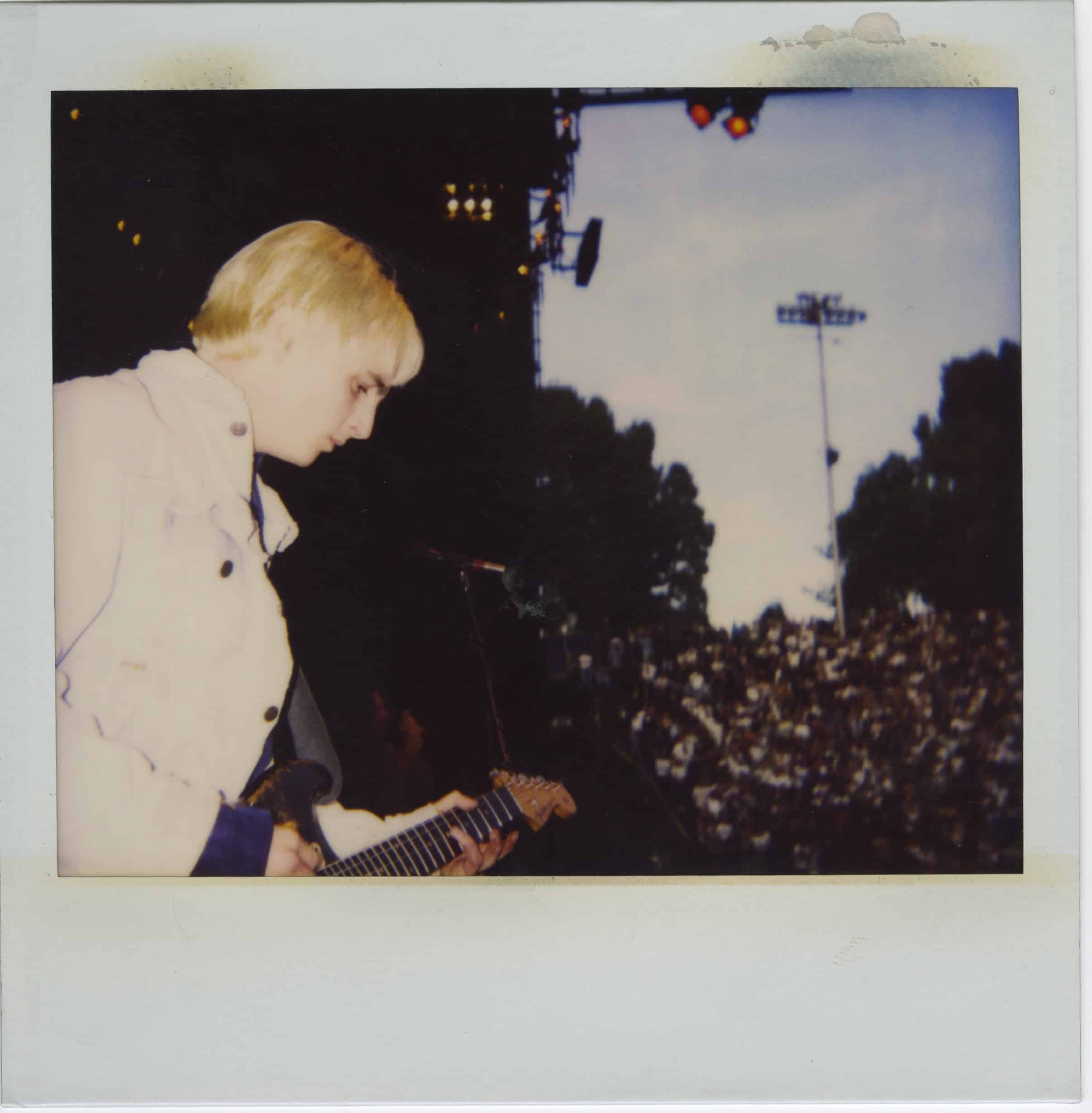
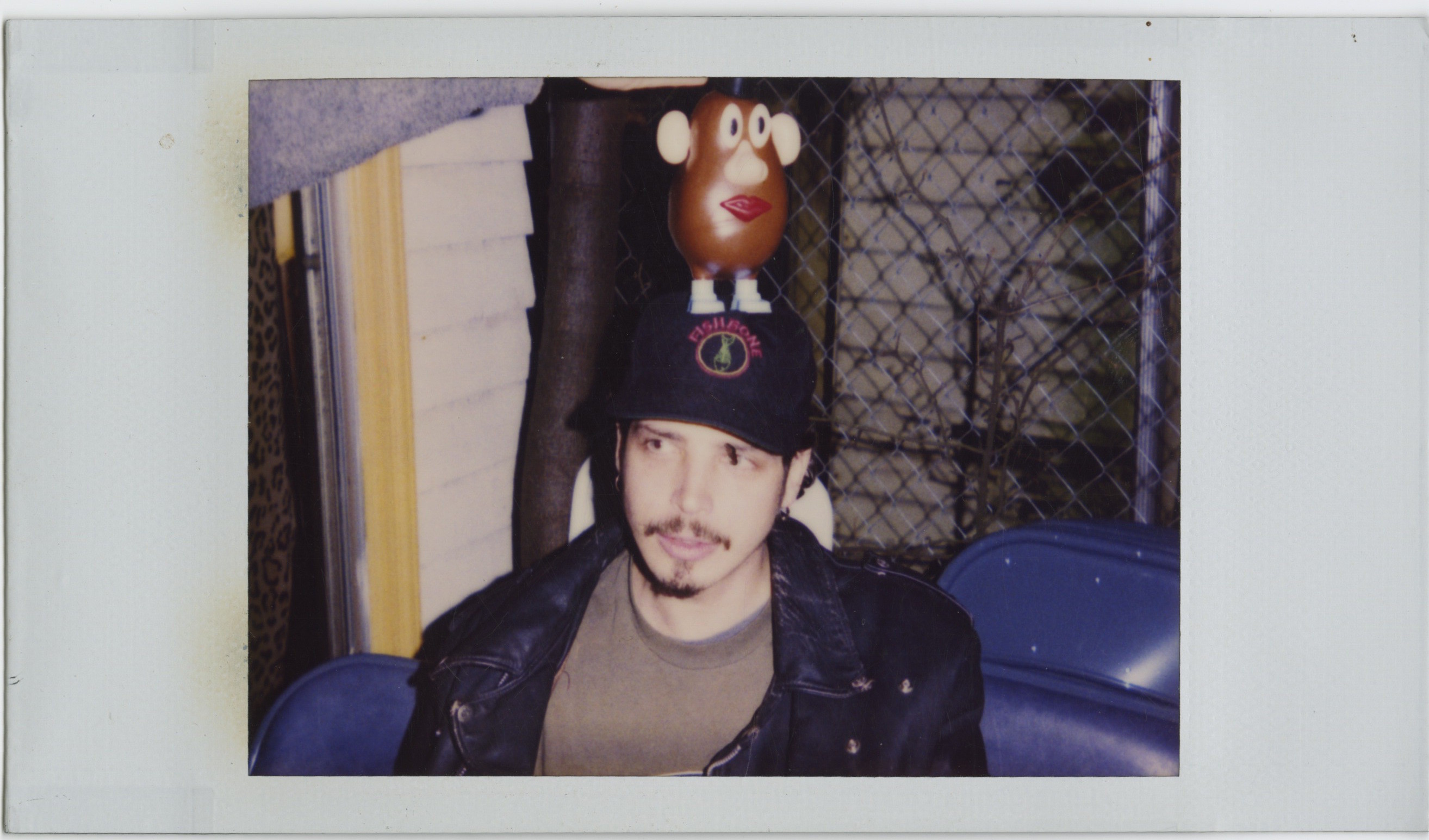
“I was very much into capturing something and having it instantly, and having it tangible, something to touch,” McCready says. “That was important to me. Ed [Vedder] was doing it a little bit, we were all taking Polaroids. And we couldn’t really afford it back then. You were very careful what you were taking, because you only had 10 shots. I liked the immediate visual of it.”
As for the Potato Heads bit in his book title? Well, that’s hilariously covered in the opening pages with McCready’s foreword statement: “In 1994, I was in Minneapolis and was browsing a drugstore when I saw a Mr. Potato Head on the shelf. On the box it said, ‘It’s Fun!’ I thought, ‘Fuck it, this probably is fun!’ So I bought it. Within a couple days I wondered why I bought it, but quickly decided to start taking Polaroids of it.”
Mr. Potato Head is peppered throughout the book, showing up in places like the beach, the golf course, or the dentist’s chair, or with friends like Neil Young. “I’d give a lot of my friends a Potato Head and say, ‘come take a picture with this’,” McCready says. “Some people thought I was crazy and some didn’t.”
Going on the road isn’t particularly kind to human bodies, much less equipment, or things like cameras, and McCready admits that his cameras end up in pretty rough shape, but he’s got some favourites. He regularly uses a few different cameras. There’s the Polaroid 690, which Jack White turned him onto during a Pearl Jam Radio interview. There’s the SX-70, a model he watched his grandma use in the 70s. “She was super like, ‘Hey, you can’t take any pictures!’ She was very careful with it.” And there’s the Polaroid Land Model 250, which he says he likes a lot. All of these, as well as the film, is readily available from a shop in Seattle named Rare Medium, he says, where a guy named Cory Verellen has everything he’s looking for.
Since he started shooting, McCready thinks his approach has changed, saying he feels as though he’s taking more chances with it and not caring too much about the outcome. That’s partly thanks to some early guidance that’s remained with him over the past years.
“Early on, Lance Mercer, who was a photographer here in Seattle, showed me how to do some photography,” McCready says. “Just take random shots, and not really necessarily focus on anything, just put the camera in front of somebody and go ‘Click!’ I kinda like that, and I still do that a little bit, and it’s helped me through the years. It still can be frustrating, because I don’t know exactly what I’m getting, but I just let go and say, ‘Whatever happens, happens!’”
That shoot first, ask questions later approach seems natural for someone with an inclination toward documenting their life. It can become more important to make sure that there’s evidence of something happening than simply being part of that something happening. And McCready is still learning to reconcile those two things.
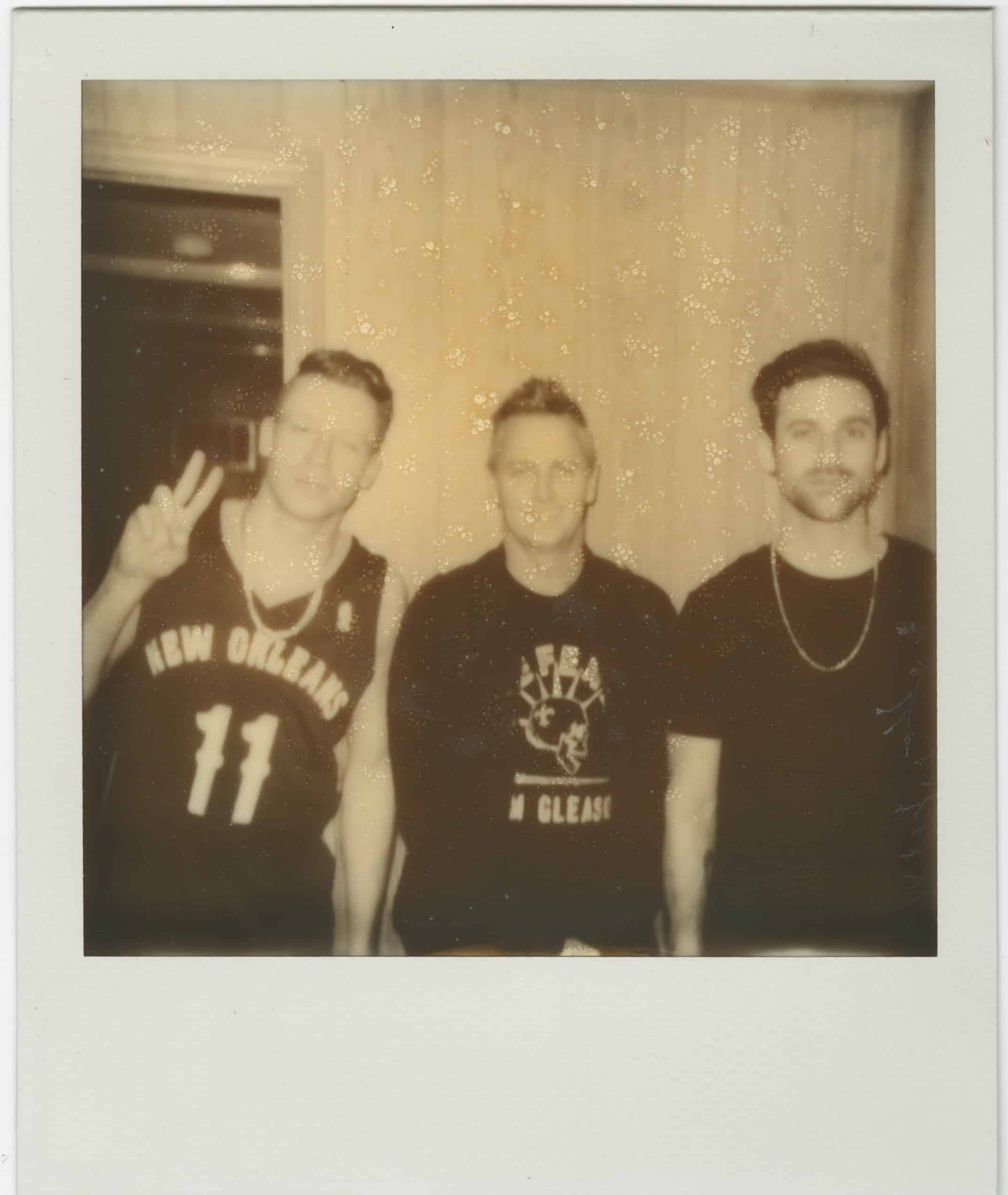
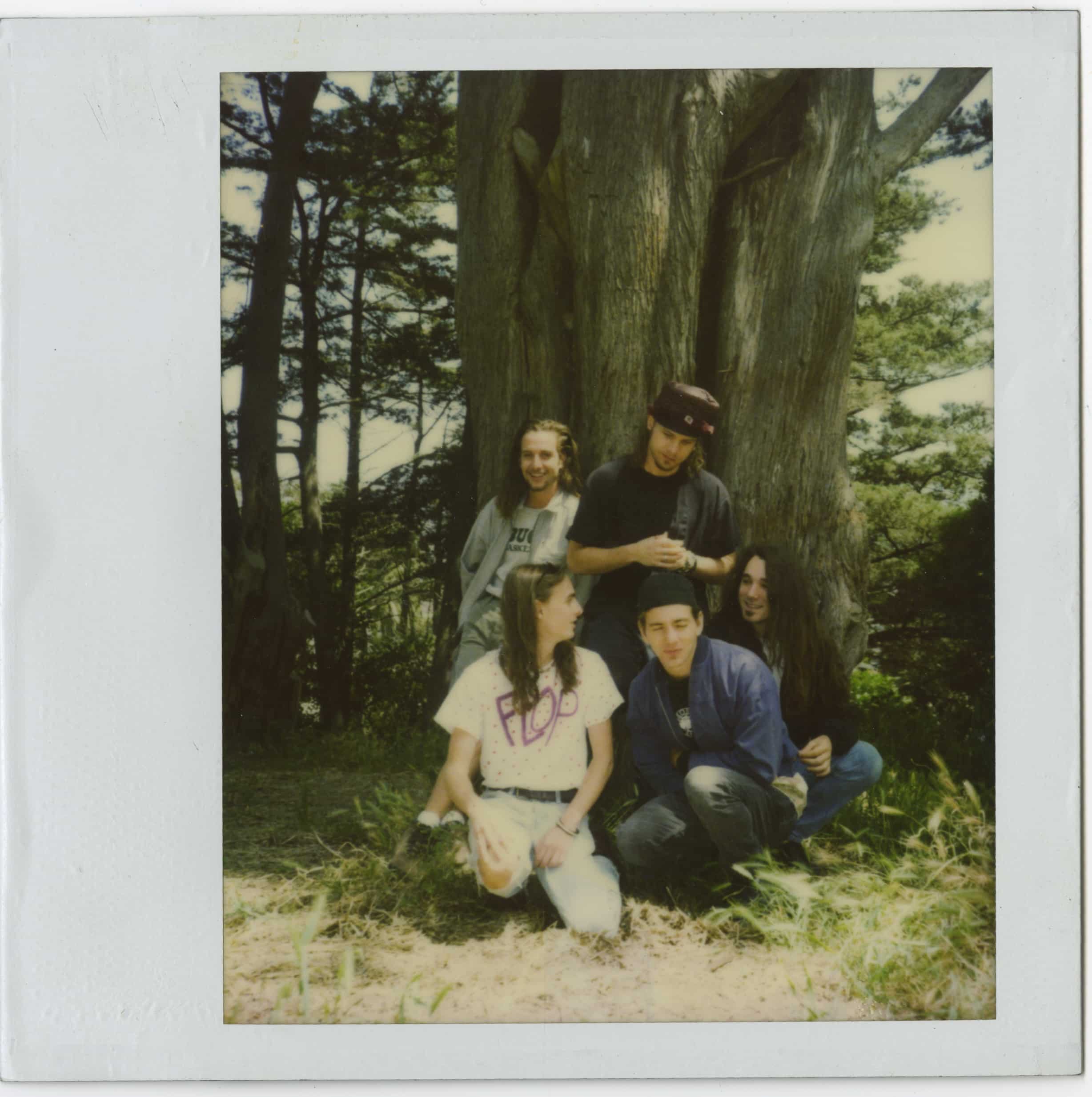
“I feel like I want to capture all these moments that are around, and sometimes it gets to the point where I need to not do that and just enjoy life,” McCready says. “I don’t have to take a picture of everything! I get in that mindset sometimes—‘I gotta get this, this one looks cool with the light, and will it work, blah blah blah.’ And I’ll burn through ’em, and then I’m just like, ‘Am I really experiencing life right now, or am I just experiencing a picture of life?’ It’s a balance.”
Arranging nearly three decades of your life—from what McCready estimates is over 20,000 Polaroids—is certainly a daunting task. Seattle musician and visual artist Regan Hagär stepped in to “put them in a way that made sense.” He laughs and says, “I didn’t do that because I didn’t have the patience.” McCready is proud of the finished product, something that can help him see his life—”people that I know, bands I love, fans, people that’ve shown up”—in a linear way. But there’s more than one side to that, of course.
“It’s kind of an emotional ride,” McCready says. “There are people that are gone. There’s Layne Staley, and my friend Baker who played in Mad Season…those guys are dead. That’s pretty intense, to see that, because I miss those guys, and it makes me sad. And you see them in this one moment…I remember where they were in that moment. And there’s only one photo of it, ever. But now it’s in the book, so I hope people will enjoy that but know it’s intense, because those guys were obviously alive when I did that.”
But those photos will be around for a long time, and that’s valuable. “It’s a memory,” McCready says. “And hopefully we have a good experience from those memories, or a learning experience if it’s bad.”
With photographs, especially in film, some memories get away. But they become different versions of the ones you thought you were making. Is there a certain photo he wishes he’d gotten? McCready recalls a shot of musician Neil Finn and his son that just ended up as a picture of their torsos. Plus, there are too many lost onstage shots to count. But some work out just the way you want them to.
“I got to jam with Tom Petty and my late friend Baker, and Tom played drums,” McCready says. “In the 90s. It was very bizarre and awesome. And as he was leaving, I asked if he’d take a picture. And I’ll never forget that—he did it. I always think about that one. Like, ‘Oh yeah, that happened!’ And the weird thing is that Tom Petty played drums! I didn’t know he played drums.”
While the number of cool artists in Of Potato Heads and Polaroids is definitely staggering, McCready still has a bucket list—Mick Jagger and Kate Winslet are on it. As easy as it is to get distracted by the celebrity snapshots in the book, though, it’s worth remembering that there are many depths to why McCready has been so trigger happy for so long, and one of those is simply what he considers the connective power of the Polaroid.
“I took some pictures of some young kids in Rio de Janeiro, and they’d never seen instand film before, and they were just amazed by it. I gave it to them. It was interesting, culturally. The thing I saw, and I believe this—there’s this movie, it’s called Time Zero, and it’s about Polaroid and the Impossible Project. Someone was talking about how, when you take a Polaroid, people ask you about the camera, or they ask you about the picture. When I’m taking a photo with my iPhone, nobody asks me anything. Instant film is also a way to communicate with people.”
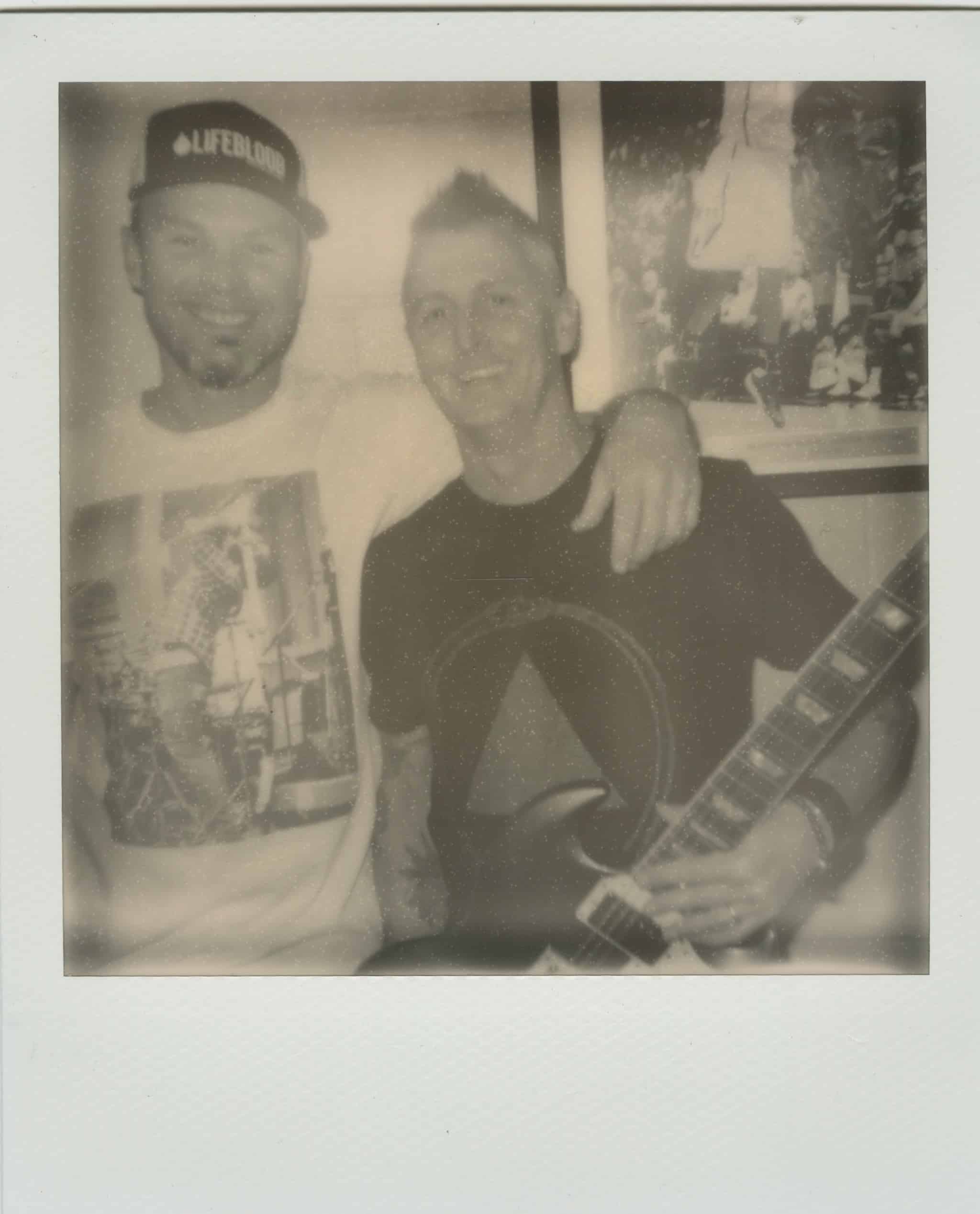
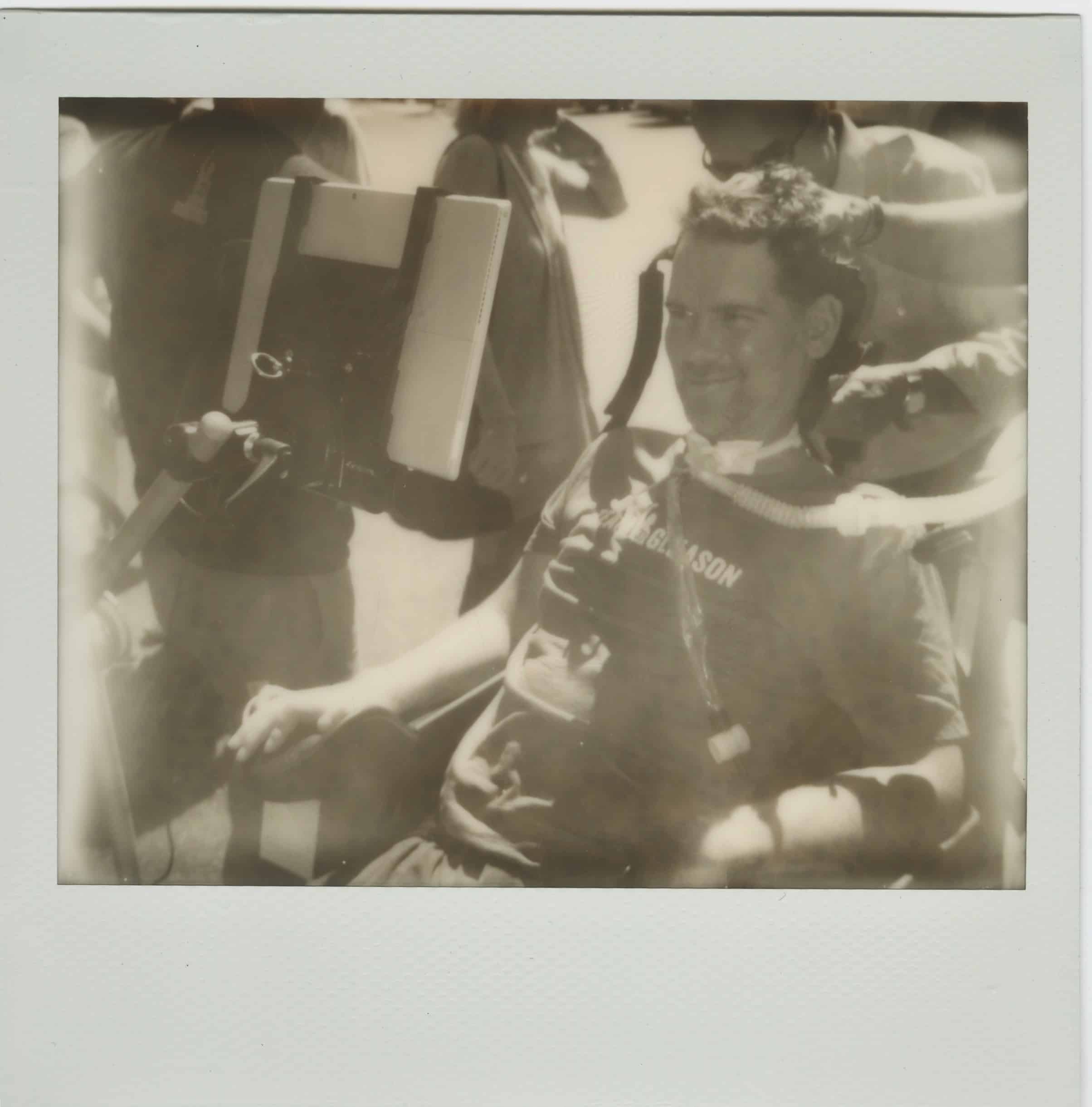

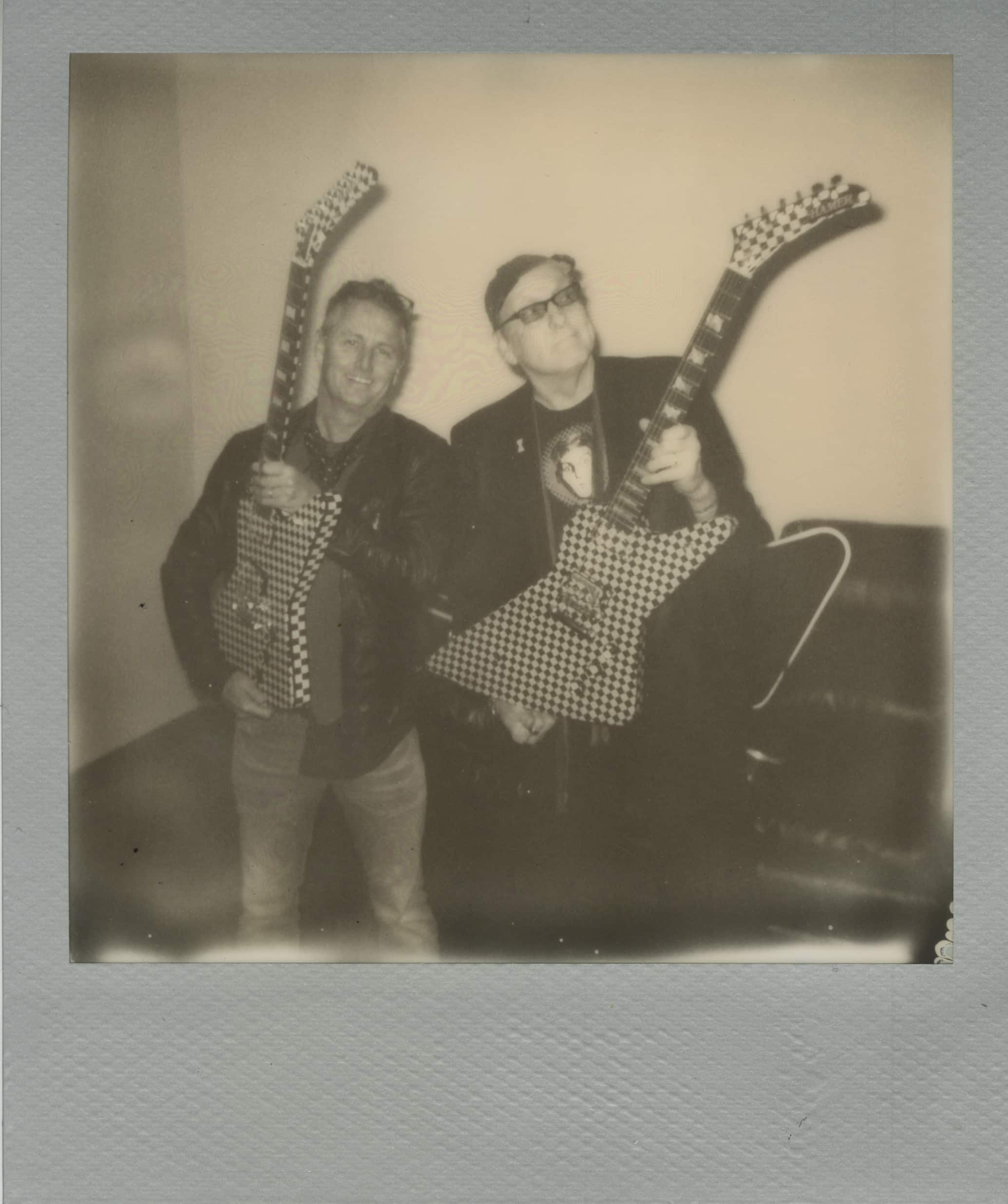
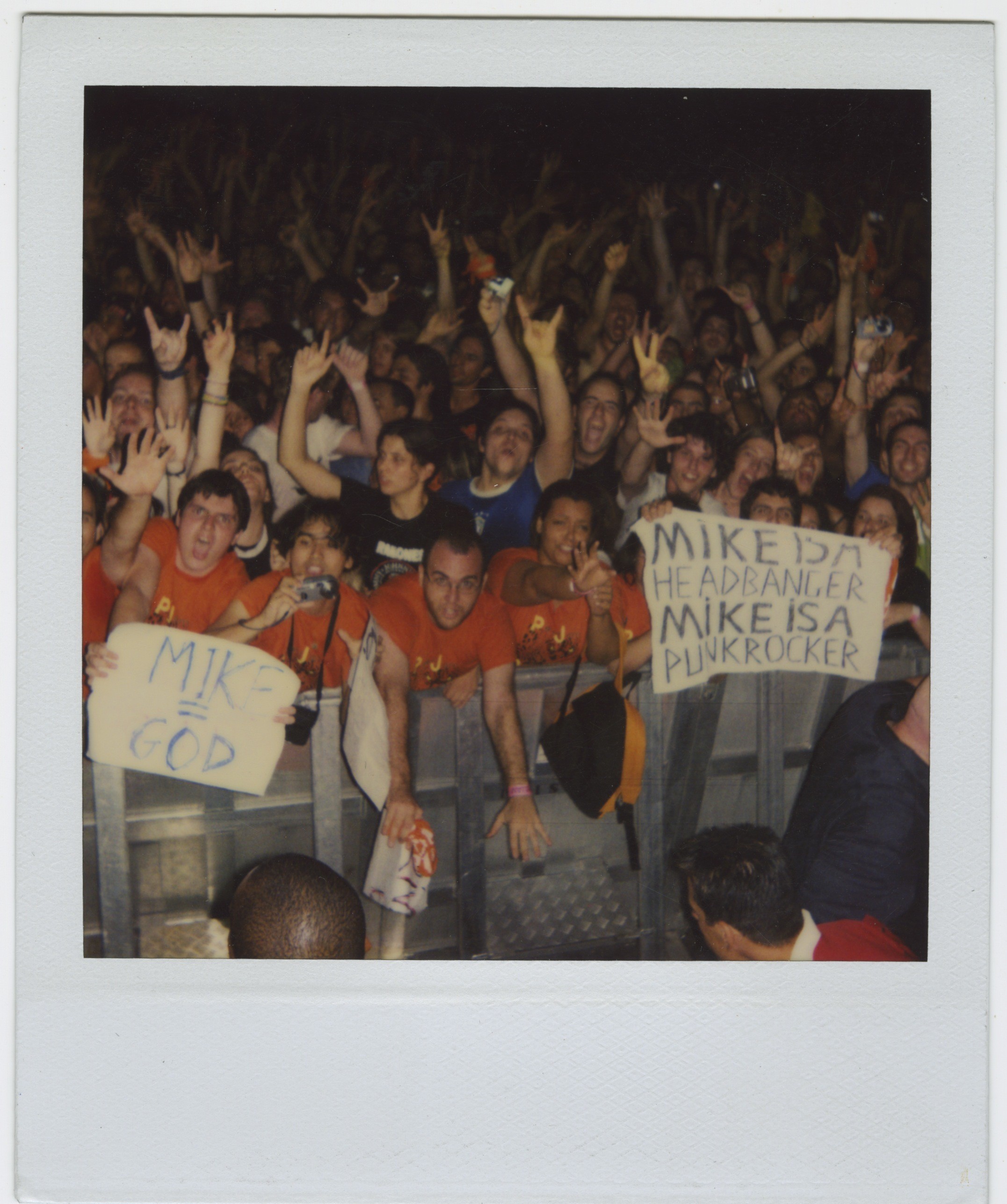
Read more about instant film:
Jason Lee’s Instant Photography of a Dust-Covered America
100% Analog Film Documentary on Instant Photography
The Future of Instant Cameras is Impossible
